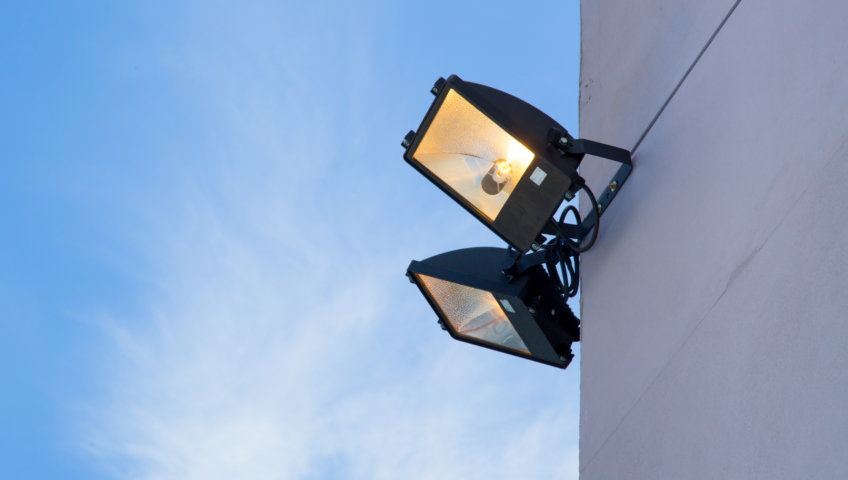Security is a top priority for any business owner. Ensuring the safety of your employees, customers, and property is not just a legal obligation but also a moral one. One effective way to enhance security is by implementing proper lighting. In this blog, we will explore the importance of security lighting and how it can help protect your business and patrons.
The Significance of Security Lighting
Security lighting serves as a powerful deterrent against criminal activities. Criminals are less likely to target well-lit areas because they are easily spotted and identified. Here are some key reasons why security lighting is crucial for your business:
- Crime Prevention: Well-lit premises discourage trespassing, vandalism, and theft. Criminals prefer darkness, as it provides cover for their activities. Adequate lighting disrupts their plans and makes them think twice before attempting anything illegal.
- Enhanced Surveillance: Properly illuminated areas are easier to monitor. Security cameras can capture clear footage, making it easier to identify potential threats and incidents. This can be invaluable for investigating any security breaches.
- Safe Environment: Well-lit areas also ensure the safety of your employees and customers. It reduces the risk of accidents, such as slips and falls, and enhances overall visibility, preventing potential hazards.
- Improved Reputation: A well-lit and secure environment sends a positive message to your customers. They are more likely to visit your business if they feel safe, which can boost your reputation and customer loyalty.
Types of Security Lighting
Now that we understand the importance of security lighting, let’s explore the different types you can consider for your business:
- Floodlights: Floodlights are powerful and emit a wide, intense beam of light. They are often used for illuminating large outdoor areas like parking lots and building exteriors. Motion-activated floodlights are particularly effective, as they surprise potential intruders when they suddenly turn on.
- Pathway Lighting: Illuminate walkways, entrances, and exits with pathway lighting. This not only enhances safety but also guides patrons and employees safely around your premises.
- Wall Sconces: Wall-mounted fixtures provide indirect lighting, adding a touch of aesthetics to your security lighting strategy. They can be placed along building exteriors to provide a warm and welcoming atmosphere while maintaining security.
- Bollard Lights: Bollard lights are short, sturdy posts that are often used to mark boundaries or guide pedestrians. They can also serve as effective security lighting when strategically placed to prevent unauthorized access.
- Timers and Sensors: Consider using timers or motion sensors to control your security lighting. Timers can turn lights on and off at specified times, while motion sensors activate lights when they detect movement. These smart features help conserve energy and ensure lighting is only active when needed.
Investing in security lighting for your business is a proactive step toward safeguarding your property, employees, and patrons. It not only prevents crime but also enhances your establishment’s overall safety and reputation. Remember to assess your business’s needs and consult a professional to design a tailored security lighting system that fits your requirements. With the right lighting strategy in place, you can enjoy peace of mind knowing that your business and its patrons are well-protected.
Choose Sunderland Electric to expertly design and install cutting-edge security lighting solutions that protect your business and ensure the safety of your patrons.












Recent Comments